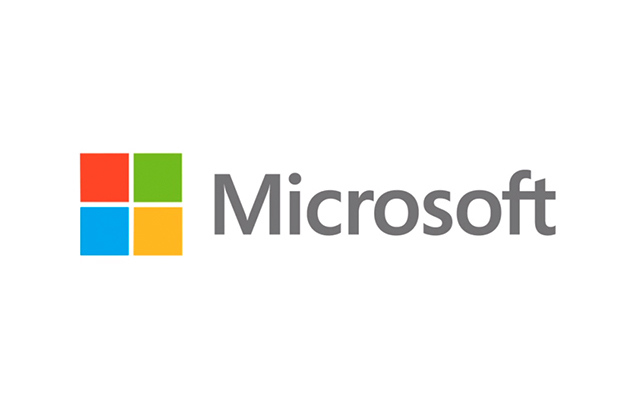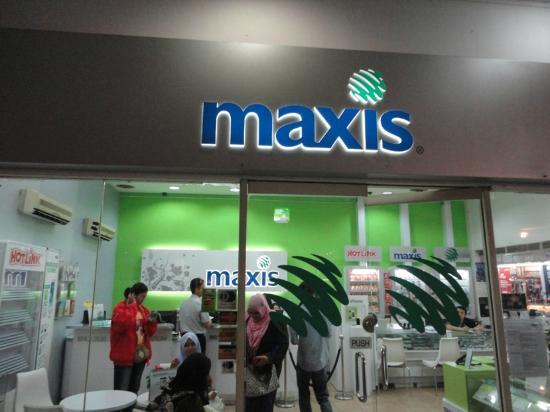Microsoft revealed it regional findings from the Security Intelligence Report (SIR), Volume 21, a twice yearly report that provides unique insights into the threat landscape to help organizations learn about trend data in industry vulnerabilities, exploits, malware and web-based attacks.

The report, released in December last year, identified Asia Pacific markets, especially the emerging ones, as among those at the highest risk of cybersecurity threats. Three out of the top five global spots for rate of malware encounters in the region.
Malaysia placed 11th amongst the top markets in Asia Pacific under malware threats. Furthermore, Malaysia reported a malware encounter rate of more than 27.6%, compared to the worldwide encounter rate of 20.8 percent during the same period.
Two of the top five locations across the globe most at risk of infection included neighbouring countries Vietnam and Indonesia. Other top markets under malware threats include large developing markets and Southeast Asia countries – Mongolia, Pakistan, Nepal, Bangladesh, Cambodia, the Philippines, Thailand and India – each with encounter rates of more than 30 percent.
However, markets in the region with higher levels of IT maturity such as Japan, Australia, New Zealand, South Korea, Hong Kong and Singapore have displayed malware encounter rates that are below the worldwide average, highlighting the diverse cybersecurity landscape in the Asia Pacific.
Top Markets in the Asia Pacific under Malware Threats:
- Mongolia
- Vietnam
- Pakistan
- Indonesia
- Nepal and Bangladesh
- Cambodia
- Philippines
- Thailand
- India
- Sri Lanka
- Malaysia
- Taiwan
- China
- Singapore
- Hong Kong
- South Korea
- Australia
- New Zealand
- Japan
The report showed that the top most encountered malicious software families in Malaysia include:
- Gamarue, a worm which can give a malicious hacker control of your PC, steal information and change PC security settings;
- Lodbak, a trojan that is usually installed on removable drives by Gamarue, and which attempts to install Gamarue when the infected removable drive is connected to a computer; and Peals is a generic detection for various threats that display trojan characteristics.
In particular, Gamarue, the most commonly encountered non-generic threat was encountered by 3.3 percent of computers. This worm is commonly distributed via exploit kits and social engineering and can also be attached to spam mails.
Gamarue’s variants, can give a malicious hacker control of the infected computers and have been observed stealing information from the devices and communicating with command-and-control (C&C) servers managed by attackers. Gamarue also makes unwanted and malicious changes to the local computer’s security settings.
Jasmine Begum, Director, Corporate External & Legal Affairs (CELA), Microsoft Malaysia said, “With increasing malware encounters and sophistication of cyberattacks, cybersecurity is becoming a mission critical priority for most organizations. It generally takes an average up to 200 days for organizations to find out that they have been breached. With no sign of abatement in the future, what companies need is a Secure Modern Enterprise posture, which involves well-integrated “Protect-Detect-Respond” investments and capabilities, with a strategic focus on the core pillars – Identity, Apps, Data, Infrastructure and Devices. Additionally, organizations should also strongly consider adopting trusted cloud-based services to enjoy the highest levels of data protection, leveraging the cloud provider’s enterprise-grade security and privacy expertise, assurances and certifications.”
Security teams should also keep abreast of changes in the threat landscape brought about by emergence of cloud computing. The latest report contains an expanded Featured Intelligence section that includes a deep dive section on Protecting cloud infrastructure: detecting and mitigating threats using Azure Security Center.
This section details new threats that organizations may encounter and explains how they can use Azure Security Center to protect, detect, and respond to security threats against Azure cloud-based resources. Some of the new cloud-targeted threats outlined are:
- Pivot back attacks, which occurs when an attacker compromises a public cloud resource to obtain information that they then use to attack the resource provider’s on-premises environment
- “Man in the Cloud” attacks, in which an attacker induces a prospective victim to install a piece of malware using a typical mechanism, such as an email with a link to a malicious website. It then switches out the user’s cloud storage synchronization token with the attacker’s token, allowing the attacker to receive copies of each file the user places in cloud storage. This effectively makes the attacker a “man in the middle” for cloud storage.
- Side-channel attacks, where an attacker attempts to put a virtual machine on the same physical server as the intended victim. If he succeeds, the attacker will be able to launch local attacks against the victim. These attacks might include local DDoS, network sniffing, and man-in-the-middle attacks, all of which can be used to extract information.
- Resource ransom, where attackers hold cloud resource hostage by breaking into and controlling public cloud account, and then requiring the victim to pay a ransom to release encrypted or restricted resources.
Organizations need to ensure they have a robust cybersecurity posture to withstand and respond effectively to most cyberattacks and malware infections. Five best practices for improving defence against cybersecurity threats are:
- Ensure strong fundamentals: Use only genuine, current and updated software. The usage of IT assets which are old, unprotected, or are non-genuine in nature, substantially increase the chances for a cyberattack. For example, pirated and counterfeit software are known to come with embedded malware infections.
- Focus on cyber hygiene: Poor cyber hygiene of IT users, negligent employee behaviour or weak credentials/password protection within an organization, adds a high degree of vulnerability for system compromise. With more and more personal devices being used at the workplace, the higher the chance they are infected.
- Have a data culture: Develop a big data analytics culture involving data classification, multifactor authentication, encryption, rights management, machine learning for behavioural analytics and log analytics to spot user anomalies and irregular or suspicious patterns, which could provide potential clues in advance to prevent impending or ongoing security breaches.
- Invest in a robust cyber defence ecosystem and monitor all systems in real time: Invest in trusted security solutions and modern threat protection technologies to monitor, detect and remove common and advanced cyber threats in real time, while developing in-house expertise to undertake threat analytics.
- Regular assessment, review and audit: Be comprehensive on all aspects of cybersecurity, not just technology. Have a IT trusted supply chain across cloud, software, hardware, Internet of Things, BYOD (bring your own device) and regularly review and assess cybersecurity investments and performance of both software and hardware deployment, including customer and vendor access to the corporate network.
[Download PDF]: Microsoft Security Intelligence Report Volume 21: January through June 2016










